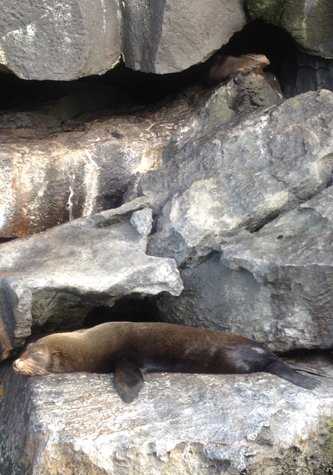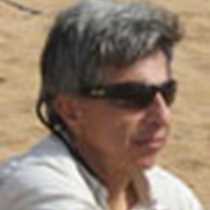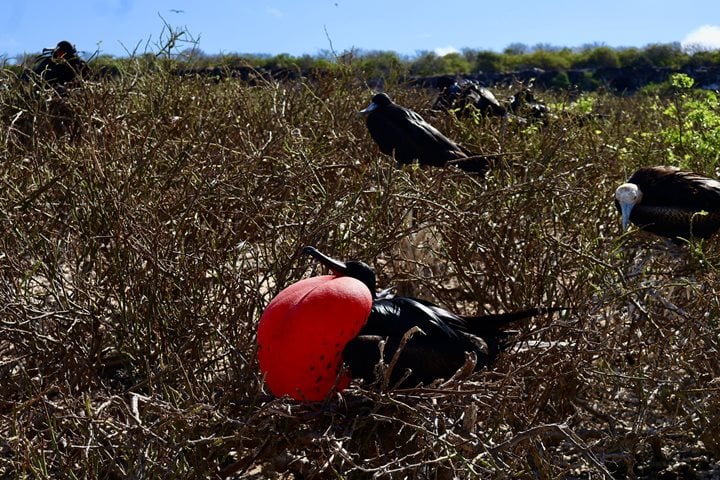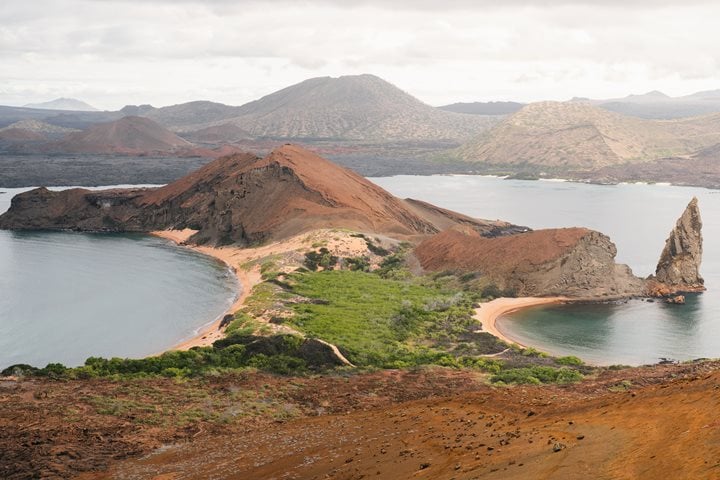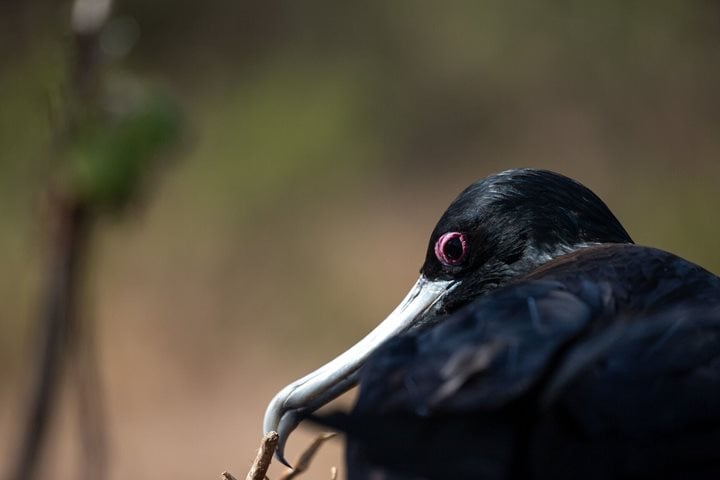On our last full day in the Galápagos archipelago, our guest explored Genovesa Island. The entire island is a seabird colony, and our guests had the opportunity to observe frigatebirds, Nazca boobies, red-footed boobies, swallow-tailed gulls, red-billed tropic bird and storm petrels. Our day’s activities took us to two different sites: Darwin Bay and Price Philip´s Steps. Both of these areas hold an impressive amount of biodiversity.
Besides observing and learning about the seabirds, our guests also had the opportunity to learn about the different adaptation that occurs in the difference species here at Darwin Bay, particularly that the Prickly-pear cacti. These cacti thrive in an environment without being preyed upon by land iguanas and giant tortoises, therefore they have developed softer needles and they grow much closer to the ground.
At Prince Philip´s Steps, our guests climbed a 90 foot tall cliff, where the Galapagos National Park Services has cemented the rocks together and constructed a handrail to create a visitors site. At the top of the precipice, the terrain levelled up, and our guests, together with our expedition team, began hiking on the trail. Next to the path, we found many Nazca boobies that where raising their young. We also found a great number of red-footed boobies nurturing young in nests built in the trees. At the end of the trail, we found short-eared owls that were trying to capture storm petrels as they left their nests.
In between the hikes, our guests went on a snorkeling outing where they encountered new species of fish, such as moorish idols, purple surgeonfish and sunset wrasses. Some of our guests decided to enjoy a kayaking expedition alone the cliff of Genovesa Island, which provided an excellent opportunity to observe Galapagos fur seals enjoying the shade between the rocks. On the way back to the National Geographic Endeavour, everybody enjoyed watching a beautiful sunset over the horizon. It was the perfect end to another excellent day in the Galapagos Islands.

